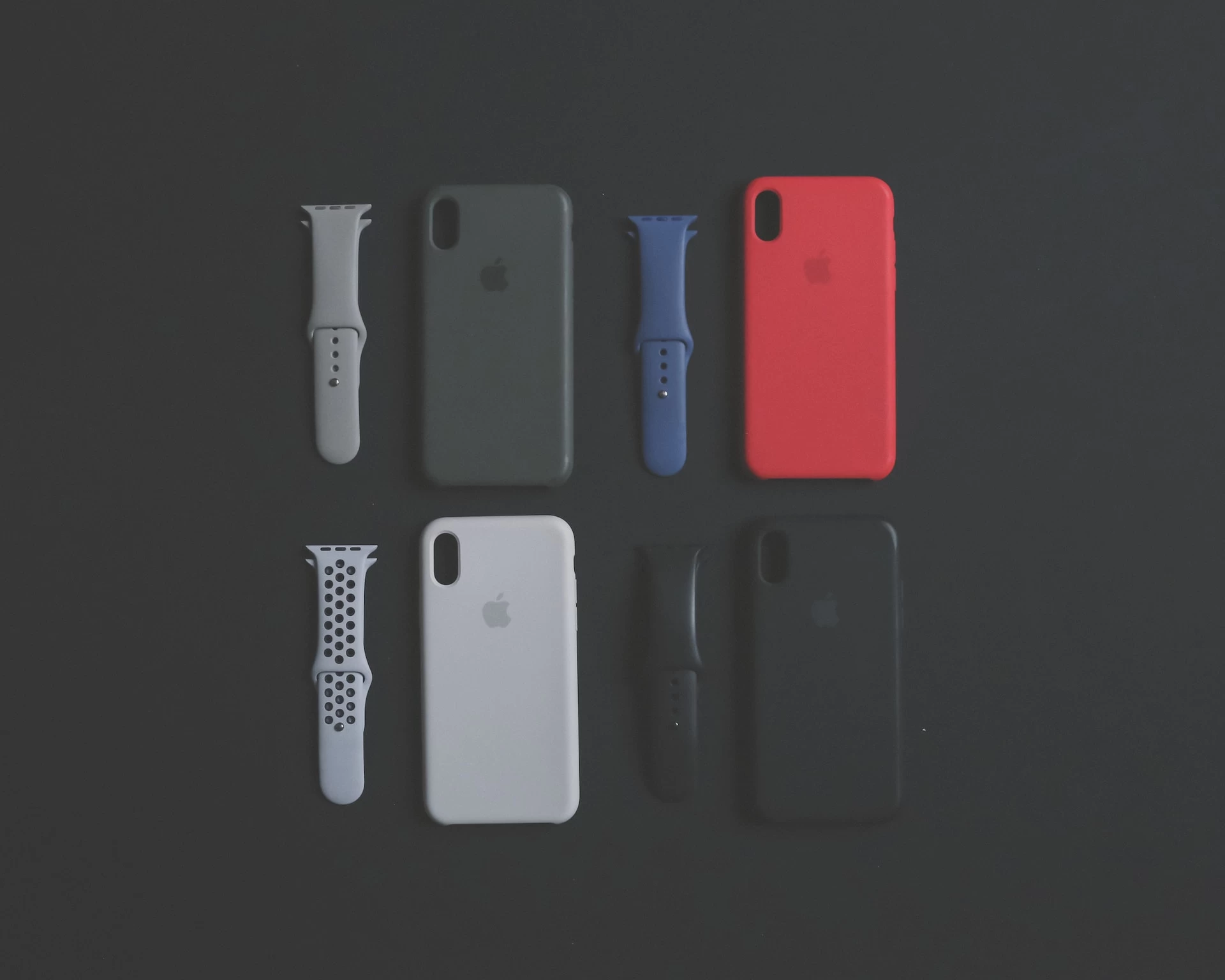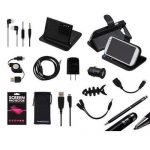
Let’s be honest. Our phones are practically an extension of ourselves. But all those cases, chargers, and cables? They have a hidden cost, one that’s piling up in landfills and leaching into our oceans. The good news is, a quiet revolution is happening. A shift towards sustainable and eco-friendly cell phone accessories that don’t force you to choose between protecting your device and protecting the planet.
Here’s the deal: going green with your tech gear isn’t about perfection. It’s about making better choices, one accessory at a time. It’s about products designed with a conscience, from the materials they’re made of to the way they’re packaged and what happens when you’re finally done with them.
Why Bother? The Real Impact of Our Tech Habits
It’s easy to think a single phone case is insignificant. But multiply that by billions of users upgrading every couple of years… well, you get the picture. We’re creating a tidal wave of plastic waste. Many conventional accessories are made from cheap, non-biodegradable plastics and contain harmful chemicals.
And then there’s e-waste. Fast-charging bricks and fraying cables contribute to the fastest-growing waste stream on the planet. Choosing sustainable phone accessories is a direct response to this. It’s a vote for a circular economy, where products are designed to last, be repaired, or return to the earth gracefully.
Materials Matter: What to Look For in Green Accessories
So, what actually makes an accessory “eco-friendly”? It all comes down to the ingredients. Think of it like reading a food label, but for your phone gear.
Plant-Based and Compostable Plastics
Forget petroleum. These plastics are derived from renewable resources like corn starch, sugarcane, or even algae. The best part? Some are fully compostable in industrial facilities, breaking down into harmless organic matter. It’s like your phone case can literally return to the soil.
Natural and Upcycled Materials
This is where things get beautiful. Imagine a case made from flaxseed fiber, or a sleek wallet sleeve crafted from reclaimed wood. Bamboo is another superstar—it grows incredibly fast, requires no pesticides, and feels amazing in your hand. Then there’s upcycled materials. We’re seeing accessories made from ocean-bound plastic, recycled tires, and even discarded fabric. It’s garbage getting a glamorous second life.
Long-Lasting and Repairable Designs
Sustainability isn’t just about the material’s origin; it’s about its end-of-life, too. Durability is key. A case that lasts five years is far greener than three biodegradable ones that crack in a year. Look for brands that offer repair services or sell individual parts, like a new clicky button for your old case. This “right to repair” mindset is a game-changer.
A Closer Look at Your Essential Eco-Swaps
Okay, let’s get practical. What does this look like for the stuff you actually buy?
Phone Cases with a Conscience
This is the most personal accessory, and the easiest place to start. You can find cases that are:
- Biobased and Compostable: Perfect for those who want to close the loop completely.
- Recycled & Upcycled: Often made from post-consumer plastics, giving existing waste a new purpose.
- Natural Material: Wood, bamboo, or cork cases offer a unique, minimalist aesthetic that ages gracefully.
The feel of a cork case, for instance, is warm and tactile—it’s genuinely nice to hold. And a wood case develops a unique patina over time, telling the story of your ownership.
Chargers and Cables That Save Energy (and the Planet)
This is a big one. Energy efficiency is a huge part of the sustainability puzzle. Look for chargers with high efficiency ratings; they waste less power as heat, which saves you money on your electricity bill and reduces your carbon footprint. For cables, durability is the name of the game. Seek out brands that use braided nylon from recycled materials and reinforced connectors. A cable that doesn’t fray in six months is a win for you and the environment.
Screen Protectors and Other Bits
Yes, even screen protectors are going green! Some companies now offer protectors made from recycled glass with plastic-free, minimalist packaging. And don’t forget about simple cloths for cleaning your screen—microfiber cloths made from recycled plastic bottles are a brilliant, simple swap.
Navigating the Greenwash: How to Spot the Real Deal
Let’s face it, “eco-friendly” is a trendy term. Some brands engage in greenwashing—making misleading claims about how sustainable their products are. So, how do you cut through the noise?
| Look For: | Be Wary Of: |
| Specific material lists (e.g., “30% recycled plastic”) | Vague terms like “eco-conscious” or “natural” with no details |
| Third-party certifications (e.g., TCO Certified, EPEAT) | No information about a company’s manufacturing process |
| Transparent brands that share their supply chain | Products that are “biodegradable” but only in specific industrial settings |
| A take-back or recycling program for old products | Excessive packaging, even on a “green” product |
Honestly, the most sustainable accessory is the one you already own. But when it’s time for a new one, a little research goes a long, long way.
The Ripple Effect of Your Choice
Choosing a phone case made from wheat straw or a charger built to last a decade might seem like a drop in the ocean. But oceans are made of drops. Every sustainable purchase sends a message to the tech industry. It tells companies that we value transparency, we demand durability, and we care about the legacy of the products we use every single day.
It’s not about achieving a zero-waste lifestyle overnight. It’s about being more mindful. It’s about looking at the objects in your life and asking a simple question: “Can I find a version of this that’s better for the world?” Often, the answer is a resounding yes. And that’s a pretty powerful call to make.









